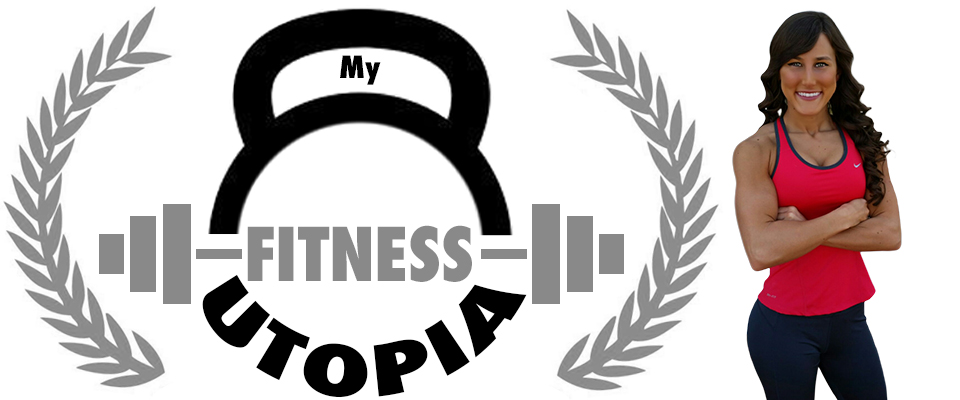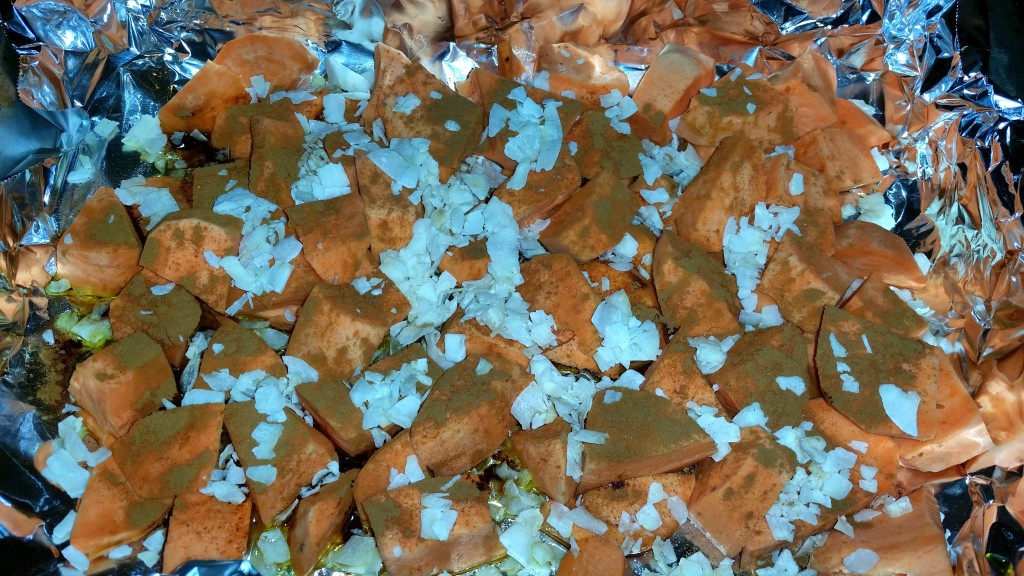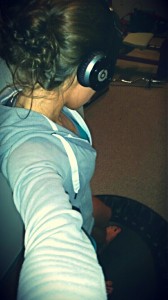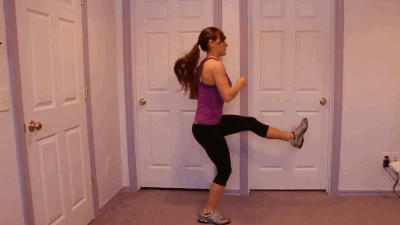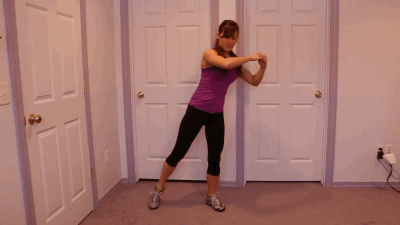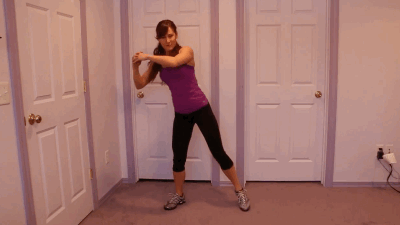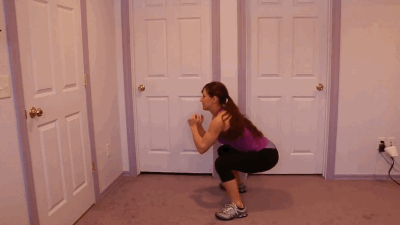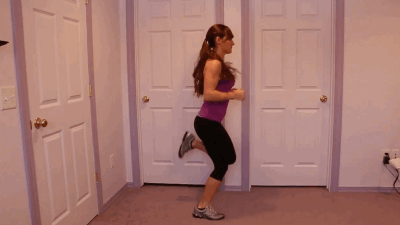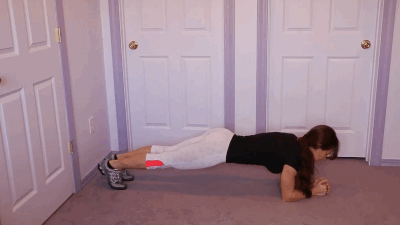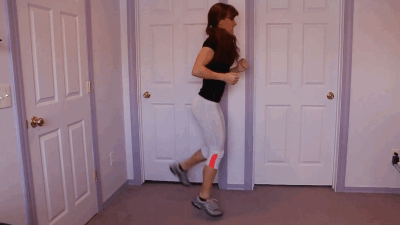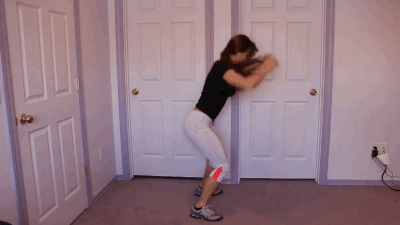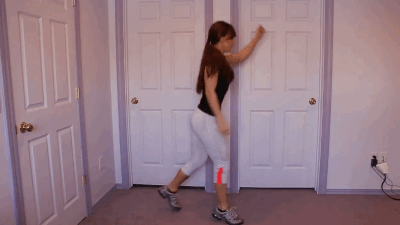Narrow push-up:
Keep your arms close to your side to work more of your triceps.
Knuckle Push-ups:
Start in a normal push-up with your hands a few inches apart from each other, below your shoulders; they should be a bit closer in than with regular push-ups. Instead of using a flat hand on the floor, make a fist and balance on your knuckles.
Eccentric push-ups:
Do a normal push-up but lower yourself down slowly for a couple seconds and rise normally. When you slow down you will get the blood flowing in your muscles.
Pike push-ups:
From the push-up position, put your hands in the shape of a diamond and lift your hips as high as they can go while keeping your legs and back straight with the top of your head pointing downward (you want to make a triangle shape out of your body). Push your body up and down, activating your shoulders.
Single-leg push-up:
Lift one leg up off the ground while doing a push-up. Switch legs on the next set.
Up down Push-ups:
Start in a push-up position. Bend your left arm so you are now on your forearm. Then bend your right arm so you are in full forearm position. Come back up and do a push-up then repeat.
Shoulder tap push-ups:
Do a regular push-up and when you come up, tap your hand to your opposite shoulder and repeat with the other side.
Renegade row push-ups:
Start in push-up position with hands on dumbbells. Do a push-up. Row your right dumbbell and then your left. Repeat.
Feet-elevated push-ups:
Do a normal push-up, but with your feet elevated on a stable platform like a box or bench. The higher the platform, the more you’ll work your shoulders, chest, core, and scapular stabilizers.
